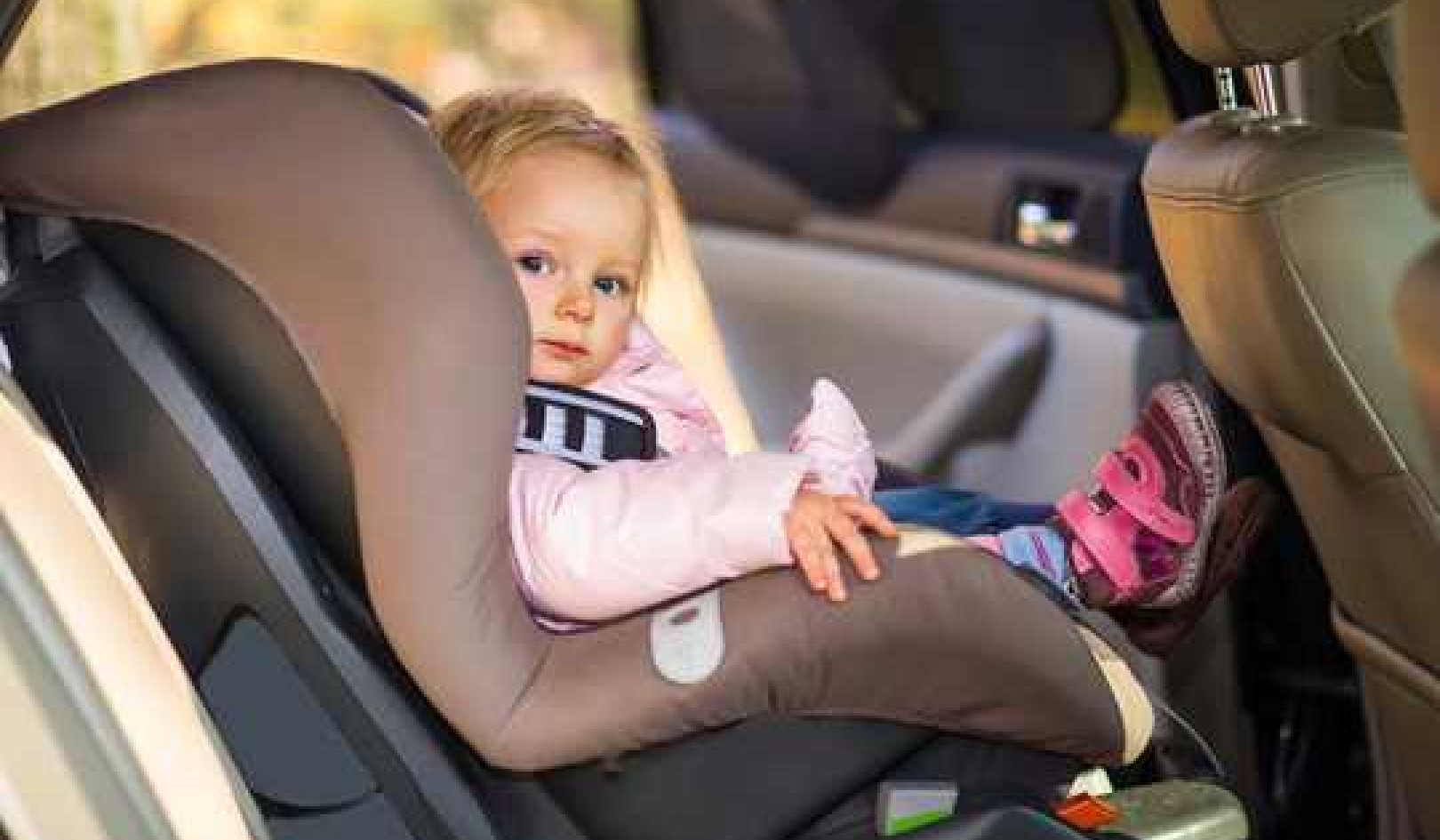 Image by mohamed Hassan
Image by mohamed Hassan
With time, we may notice that our way of breathing
perfectly reflects our way of life.
-- Michael Sky
How you breathe reflects your self-esteem. How you breathe directly correlates to your enjoyment and satisfaction in life. These are startling statements, yet we can observe their truth in those around us.
If you breathe deeply, you imbibe of life and what it has to offer. If you are a shallow breather, perhaps you are not confident and feeling safe.
Shallow Breathing = Anxiety, High Blood Pressure, Nervous Disorders, and more
I interviewed first graders and, with the teachers, analyzed their breathing. Only one child breathed deeply. All the other first graders were already shallow breathers by age six. How do you think they felt starting first grade as shallow breathers -- eager, confident, and safe, or anxious, stressed, and fearful?
Experts agree that shallow, chest breathing is associated with anxiety, high blood pressure, nervous disorders, depression, and psychosomatic disorders.
Deep Breathing Quiets the Mind, Reduces Blood Pressure, Uplifts Attitudes, and more
Deep breathing, using the diaphragm muscle and belly, quiets the mind, reduces blood pressure, uplifts unhealthy attitudes, and decreases psychosomatic symptoms.
Encourage children to breathe more effectively so they can become
- Internally healthy in a polluted environment
- Emotionally secure and able to control their emotions
- Able to mentally focus on their schoolwork and hobbies
- Open and caring in their attitude toward life
Diaphragmatic Breathing Oxygenates, Relaxes, Revitalizes, and more
It is mandatory that we teach children effective breathing for their health and life success. In this chapter we emphasize diaphragmatic breathing -- taking deeper and fuller breaths into the abdominal area. The purpose of this more effective breathing technique is to
- Bring more oxygen into the body
- Activate the relaxation response
- Exercise the breathing muscles
- Revitalize the body's energy
Breathwork and breath therapies are to the next millennium's children what physical fitness has been to the children of the past four decades. The '60s made us aware that we needed to move and exercise our bodies in order to feel better. The next two decades brought about a revolution in the way we think about our diets and nutrition. But if our bodies are not taking in and using oxygen effectively, then our health is not complete.
Bring Awareness to your Breath & Control Your Breathing
Teaching children how to bring awareness to their breath and to control their breathing patterns is the easiest, cheapest, and most naturally effective way to encourage self-control, empowerment, and a healthy body.
However, because breathing is also an involuntary act, children may not always understand the benefits and the need of deeper breathing.
Children can learn to use the breath as a tool to safely integrate their feelings and emotions, increase skill levels, and stay mentally focused.
Breathing Techniques: Learning to Relax
Children have a natural interest in their breath and often play with it, holding it in and blowing it out to see what happens. Coaching children to breathe by breathing with them shows them how to relax and enjoy the process. We always want breathing activities to be fun and to be associated with openness and playfulness.
So introducing breathing techniques in a playful atmosphere encourages children to use them on their own and with a healthy attitude toward their benefits. This is what a group of six-year-old children told me about their breathing activities in the classroom:
"I'm nicer."
"I feel gooder."
"I'm happier, but I don't know why."
"I just like it, that's all."
EFFECTIVE BREATHING
Do we breathe effectively? In most cases, no! Think of the breath as the fuel for our inner fire and the breathing mechanism as a carburetor for our engine. For optimum health, we want to keep our engine parts clean and our lungs free from pollutants. When we breathe deeper and fuller, we are not only taking in the oxygen necessary for life, we are cleansing our bodies as well. When we exhale, we release carbon dioxide, tension, and stress. Studies indicate that over 70 percent of our body's toxins are released through the breath.
Jack Shields, M.D., a lymphologist from Santa Barbara, California, conducted a study on the effects of breathing on the lymphatic system. Using cameras inside the body, he found that deep, diaphragmatic breathing stimulates the cleansing of the lymph system by creating a vacuum effect which sucks the lymph through the bloodstream. This increases the rate of toxic elimination by as much as fifteen times the normal rate.
Every time we breathe consciously, we ask for more of the richness and rewards that life offers.
At the turn of the last century, people spoke of "taking in the air." The idea was to go outdoors, breathe deeply, and open the nasal passages to the odors borne on the wind. In fact, this practice has great benefits for the body. Dilating the nostrils and closing the eyes gently stimulates the nervous system and relaxes the body.
REFLECTIONS
Visualize in your mind that you're pulling tiny energy bubbles from the air through your nostrils and into your lungs and that this flow circulates throughout your body, energizing and revitalizing you.
The Importance of Breathing: Oxygen Is A Key To Health
 The purpose of breathing is not merely to move air but also to move energy. Breathing is the primary way in which humans convert energy into physical form. Oxygen plays a vital role in the chemical reactions inside the body, from releasing cellular energy to fueling our organs.
The purpose of breathing is not merely to move air but also to move energy. Breathing is the primary way in which humans convert energy into physical form. Oxygen plays a vital role in the chemical reactions inside the body, from releasing cellular energy to fueling our organs.
The body cannot store more than a few minutes of oxygen. A continual supply passes through the lungs almost directly into the blood for circulation. Because every cell needs energy, oxygen is the main component triggering chemical reactions for the cell to release energy. Carbon dioxide is the waste product.
The average oxygen concentration in the blood is between 60 and 70 percent. The minimal life-sustaining percentage is 53 percent. Above 80 percent, oxygen saturation in the blood acts as a tremendous boost to health, vitality, and the ability of the body to detoxify. The way to increase oxygen is to breathe deeper and fuller. If we wish to restore balance and harmony, it is important to breathe in the most effective way.
Changing Our Breath Pattern through Observation
Just by observing how we breathe, we actually change our breath pattern.
Respiration is slightly different from the other physiological functions of the body. While it is a self-governing activity, we can easily influence it by bringing our awareness to the breath. By observing our breathing, we automatically deepen and slow its pace to produce calm.
People who breathe slowly and deeply are confident, emotionally stable, and physically and intellectually active. On the other hand, improper breathing habits can cause "cardiac symptoms, angina, respiratory symptoms, gastrointestinal distress, anxiety, panic, depression, headache, dizziness, seizures, increased susceptibility to infection and other immune system dysfunction, sleep disturbances. . . ."
When our children present symptoms of stress, anxiety, fear, or discomfort, breathing is the first place, not the last, that we should look for disordered energy. We are most likely to observe a shallow breathing effect, causing a high chest, raised shoulders, and tight solar plexus and diaphragm.
Breathing Restricted? Holding Your Breath?
If you were born in the United States, your first deep breath was probably accompanied by a sharp slap on your rear. That was enough for many of us to become shallow breathers from the start! Yet when we observe the natural breathing of newborn children, we notice that their bellies are gently rounded and relaxed and that they breathe continuously without a pause between the inhale and exhale. This so-called circular breathing is a very healthy way to breathe.
If circular breathing and consciously directing our breath are so good for us, why aren't more of us doing it? Why do we breathe using our chest muscles instead of the deeper, more natural way? The answer is simple, and we observe it every day.
As children, we often became overwhelmed by our feelings. We discovered, as children, that if we held our breath and stiffened our diaphragms, we wouldn't feel our emotions. This created a false sense of safety and set us up for a lifetime of restricted breathing whenever we were faced with intense emotions.
Moving From Restricted Breath Patterns to Circular Breathing
When we change our own restricted breath patterns and use circular breathing, we will feel our feelings. Coaching our children in the same technique can help them feel safe with their emotions and supply them with a tool they can use to calm themselves and feel peaceful.
A second obstacle to healthy breathing is our culture's emphasis on body image. The thin-waist syndrome imposed by this culture on both genders causes us to pull the abdomen in and push the chest out. This limits the movement of the diaphragm muscle and increases chest breathing.
Another major barrier to effective breathing is stress! In our busy lives, we tend to isolate our breathing to the chest area. When this happens, the sympathetic nervous system believes there is a crisis and prepares us for "fight or flight." Chest breathing also creates chronic tension in the abdominal and chest muscles and can lead to difficulties with digestion. By consciously changing our breathing patterns, we can easily break this disabling habit in our own bodies and keep our children from ever developing it.
REFLECTIONS
Take a moment now to observe your own breath pattern and analyze your patterns based on these questions: Does the breath begin in the belly and roll up through the chest? Do you breathe continuously or do you stop and start? Are you a deep breather or a shallow breather? Does your breath start in the chest or throat? Do you find yourself holding your breath when you are concentrating or in a tense situation?
Chest Breathing = Anxiety, Stress, Tension, Frozen Feelings
The average adult and most older children breathe in stops and starts, mostly from the chest instead of the diaphragm. Younger children, on the other hand, are natural belly breathers. Therefore, when we see them breathing from the chest, it's usually a sign of tension or anxiety. When children seem to be enjoying life the most, their breath is full and continuous.
When we stop breathing deeply, we tense so as not to feel the rising emotions. We operate solely from our unconscious habits and programming. We react to our world instead of being balanced and responsive within it.
Tension, frozen feelings, trauma, and emotional reactions cause us to feel separated from the flow of life. Conscious breathing restores our balance so that we can be in a state of response, feeling fluid and connected. We can then stop worrying about the future and the past and focus more directly on being present with our family.
Reprinted with permission of the publisher,
Beyond Words Publishing.
©2001, 2011. www.beyondword.com
Article Source
Nurture Your Child's Gift: Inspired Parenting
by Caron B. Goode, Ed.D.

Any parent or person working with children knows that each child, when nurtured and encouraged, develops according to his or her unique temperament and abilities. Nurture Your Child's Gift asks us to see our children's unique gifts and shows us how we can encourage their dreams.
Info/Order this paperback book and/or download the Kindle edition.
About the Author
Caron B. Goode's insights are drawn from her fifteen years in private psychotherapy practice and thirty years of experience in the fields of education, personal empowerment, and therapy.
More Books by this Author
at InnerSelf Market and Amazon



























